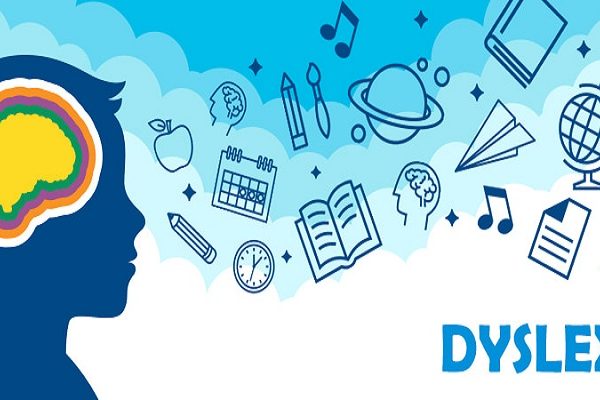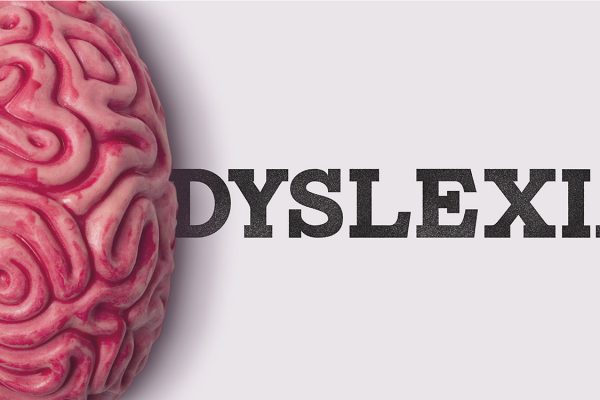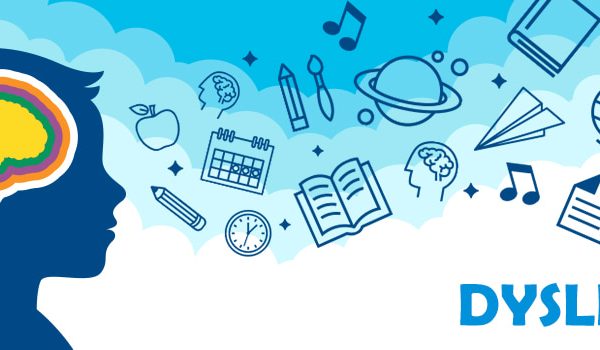People with dyslexia tend to face some difficulties with reading, writing, and comprehension. One in every ten people in the UK has varying degrees of dyslexia. When it comes to kids, they would be unable to listen to the long string of commands or the texts in the classroom blackboard. But, mind-mapping has proven to benefit them to a large extent as part of their right brain training session. So, how does mind mapping help kids with dyslexia? Let us explore the benefit of this tool in fostering better understanding and retention in the child’s brain.
Learning through visuals
The dyslexic mind has strongly responded to the visual mode of education. It reduces the need for words and therefore helps the child to remember more. Since dyslexic children are naturally creative thinkers, visuals will add more to their creativity.
In a research, 40% of the subjects responded better to visual mediums than text. Images make it easy for the children to get clear input and remember it for the long term. To state a fact, the mind can process around 36,000 visuals every hour. Therefore, mind-mapping serves as one of the effective memory improvement techniques for dyslexic kids.
What is mind-mapping?
The learning style of each individual differs from the next. For instance, one may prefer to engage all his senses while another would choose to take part in active learning in groups. Irrespective of this, mind-mapping is regarded as one of the best ways to help with dyslexia. So, what is mind-mapping?
Mind-mapping is one of the important elements in right brain training sessions. It uses perfect color combinations, images, and visual arrangements that coherently work to enable the thinking capacity of the students.
Advantages of mind-mapping for dyslexics
Mind-mapping addresses various issues of dyslexia and therefore becomes effective for such learners. Here are some benefits of mind mapping for dyslexics:
1 – Improves organization skills
Dyslexics would have a major problem when it comes to organizational skills. They would constantly confuse and forget instructions. To make it easier for them, create mindmaps of their daily tasks, homework, and other to-do lists. The student can divide sections and sub-sections as branches from a central unit. They can also distinguish each activity and prioritize them with different colors.
It becomes easy for the students to organize their activities and remember them since all the information is available as a single visual.
2 – Helps to increase concentration.
Mind-mapping is one of the effective concentration exercises for students. The learners would feel it difficult to pay attention to verbal cues. Therefore, a learner can switch to mindmaps. A central idea is noted on the page and any thoughts can be drawn out from that theme. It becomes easy for the learners to keep track and effectively connect their thoughts.
3 – Breaks down the information
Dyslexic people cannot grasp large chunks of information. Mindmaps divide the whole picture into a few pieces that can be understood with minimum effort. For instance, a chapter from a book is made easy to understand by creating visually appealing mindmaps.
Improve your child’s ability to perform better at Sugsar’s Maths tuition in Chennai. We provide comprehensive concentration and brain training sessions.



